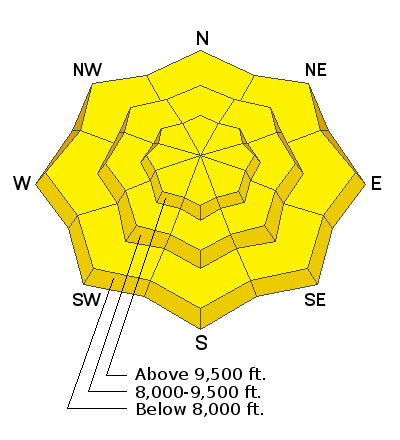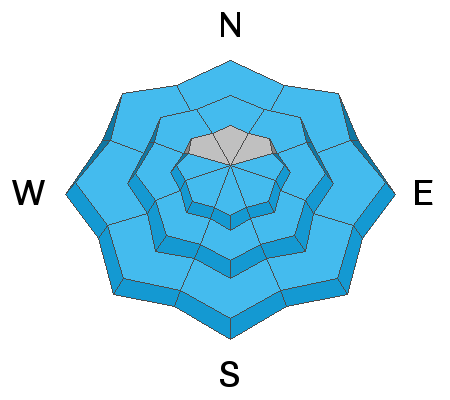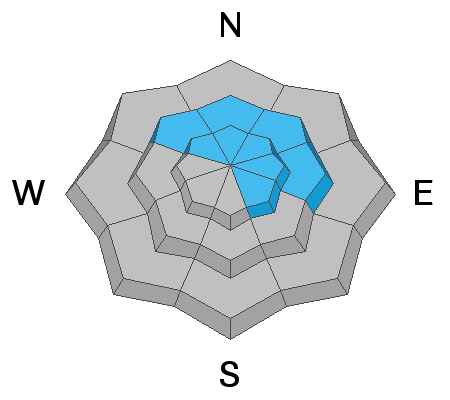Forecast for the Provo Area Mountains

Issued by Evelyn Lees on
Saturday morning, March 16, 2019
Saturday morning, March 16, 2019
The avalanche danger will rapidly increase to MODERATE for Wet Snow avalanches in almost all steep backcountry terrain. Travel advice is straight forward: when the snow becomes damp or wet where you are, get off of and out from under steep slopes. Wet sluffs will be easy to trigger and natural avalanches will occur. Head to low angle terrain and avoid run out zones like the bottom of gullies. The upper elevation terrain of Snake Creek and American Fork, which received more snow, could produce some of the larger sluffs.
On mid and upper elevation slopes facing northwest through southeasterly, there is still a chance of triggering a deeper, wider slide failing on old, faceted snow layers, and the avalanche danger is a solid MODERATE. Careful route finding and snowpack evaluation is necessary for travel in this terrain.

Low
Moderate
Considerable
High
Extreme
Learn how to read the forecast here








